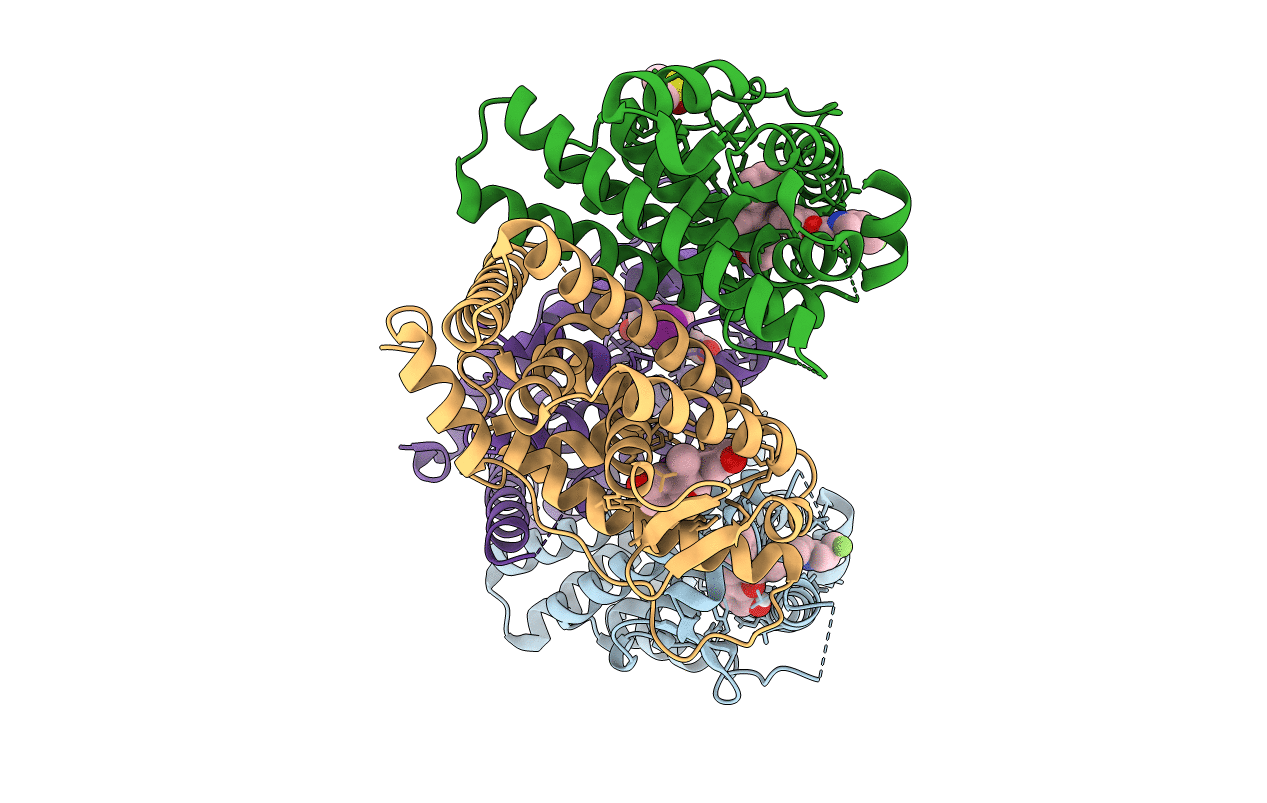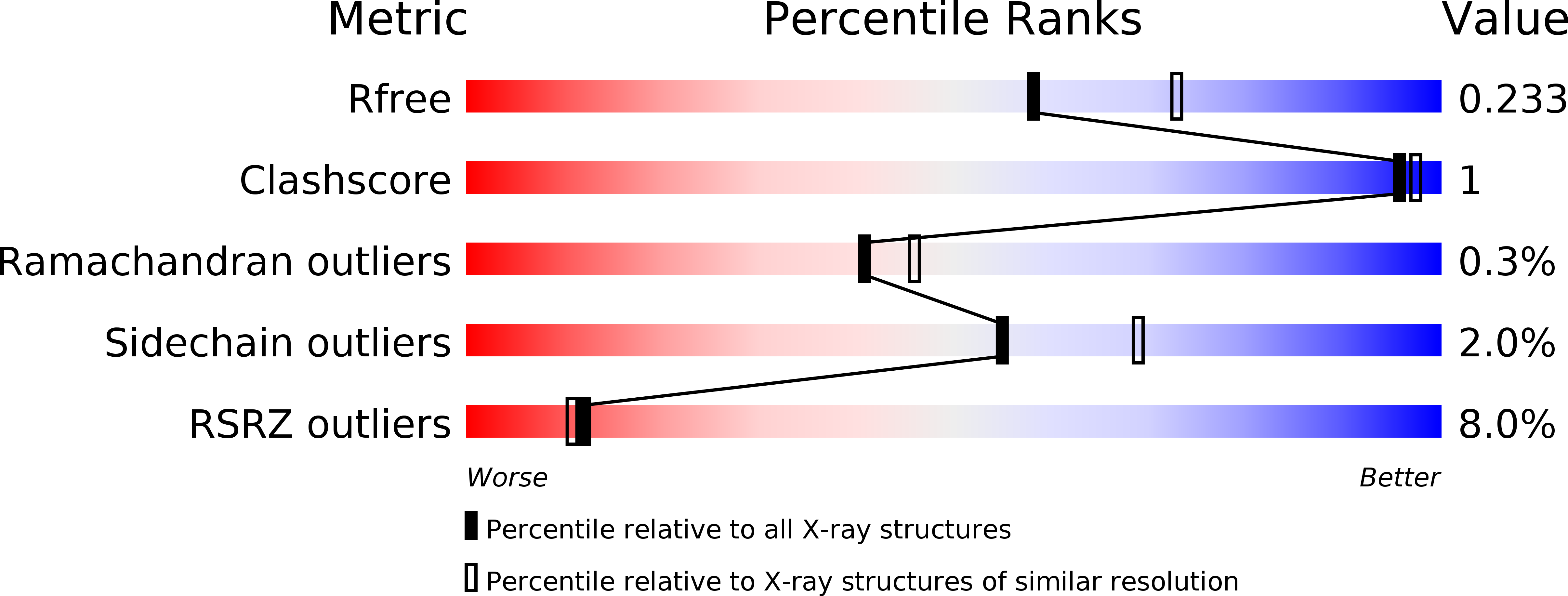
Deposition Date
2019-06-20
Release Date
2019-07-17
Last Version Date
2024-04-03
Entry Detail
PDB ID:
6PET
Keywords:
Title:
Crystal structure of 8-hydroxychromene compound 30 bound to estrogen receptor alpha
Biological Source:
Source Organism:
Homo sapiens (Taxon ID: 9606)
Host Organism:
Method Details:
Experimental Method:
Resolution:
2.20 Å
R-Value Free:
0.23
R-Value Work:
0.17
R-Value Observed:
0.17
Space Group:
P 1


